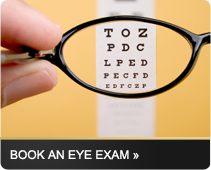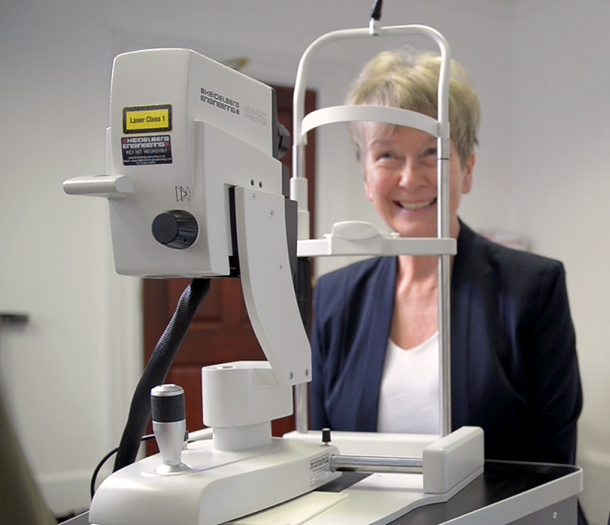 What is OCT
What is OCT
Optical Coherence Tomography (OCT) allows us to see the structures of the retina (and the vitreous just in front of the retina) by scanning the back of the eye in amazing detail.
The retina is the lining at the back of the eye with an average thickness of usually about 1/3 of a millimetre and yet is made up of 13 delicate layers. OCT allows us to see these layers in minute detail that we just cannot view with any other technique. The OCT can scan to 1/1000 millimetre.
Why do we want to scan these layers
Recording the details of these layers allows us to monitor for changes that could indicate eye problems such as macular degeneration and the earliest signs of glaucoma, as well as disorders of the optic nerve. Some of these conditions do not give symptoms until well established- early detection can result in better outcomes for the preservation of sight, the most valued of our senses.
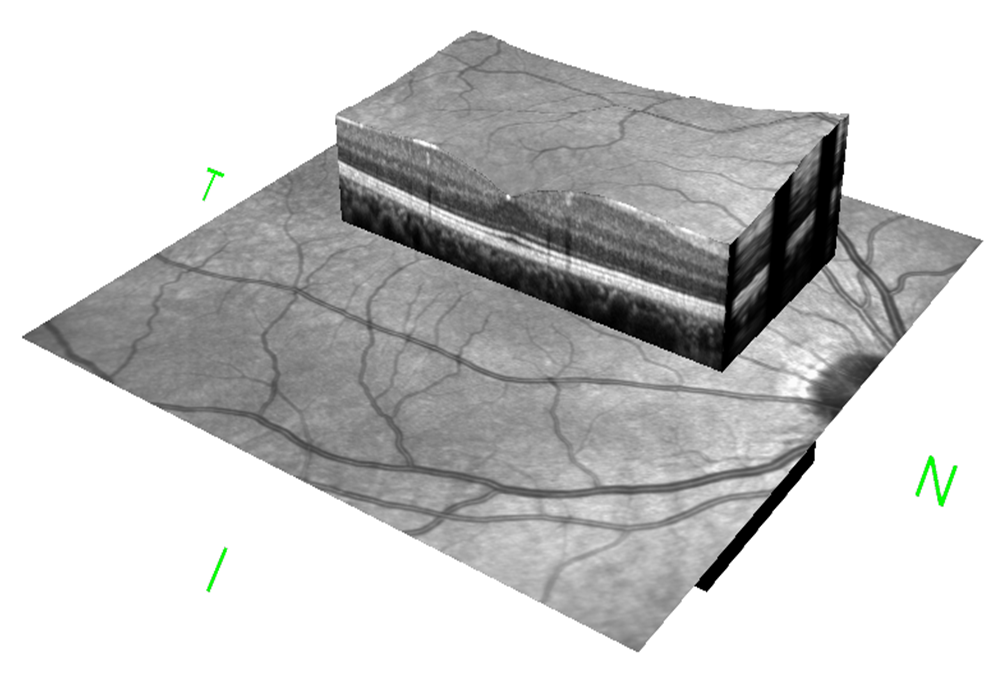
What should you expect from an OCT Eye Health Check
You will sit at the instrument and your eyes will be scanned using a beam of light. It only takes a few seconds and you can blink normally. You will suffer no discomfort and nothing touches your eye. After the scan your vision will not be impaired, unless we have used pupil dilating drops in which case you should not drive or cycle for 6 hours, by which time your pupil size should have returned to normal.
When should it be done
Ideally we’d like everyone to have this test done to establish a baseline measure of what is ‘normal’ for their eyes. Once we have this data it can be compared to established aged-matched normal data which helps us decide when next to repeat. This information arms us with data we can use in the future to determine if changes in your eyes can be considered a normal part of the ageing process or if there could be a sinister cause.
If you have early signs of macular degeneration this test helps us decide if you may develop the so called ‘wet’ form of this condition which requires urgent treatment, or if you have the ‘dry’ form which requires regular monitoring.
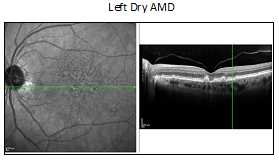
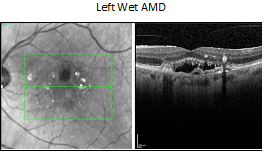
Where there is a family history of glaucoma this test is particularly useful as it allows us to take measurements of the retinal nerve fibre layer around the optic nerve head and compare to what we know to be normal, this can then be used in the future to help us establish if glaucoma is developing well ahead of any symptoms which treatment might otherwise not be able to reverse.
Highly myopic (short sighted) people (typically over -6D) would benefit from base line measurements against which to compare any potential myopic neovascularisation membrane formation involving haemorrhages or pigmentation at the back of the eye. This condition may be treatable once the diagnosis has been established, but again this can be very difficult without an OCT device.
Similarly, certain new floaters, or vitreomacular traction cases involving epiretinal membranes &/or macular holes can rapidly result in visual loss if not detected (with the OCT) & referred for appropriate treatment where appropriate.
Cataracts can make it difficult for us to assess the retina for signs of any other disease. You may be unaware of any other problems in your eye until significant vision loss has occurred or the cataract has been removed. The OCT scan can help us detect retinal disease early on, often before the need for cataract surgery.
If you are suffering from recent headaches this test may help us rule out a rise in intracranial pressure as a potential cause. If we do suspect this condition this evidence will help establish a fast track referral to a neurologist for urgent treatment.
If you take Hydroxychloroquine (for rheumatoid arthritis, juvenile idiopathic arthritis, lupus erythematosus or other skin conditions) ideally baseline data should be gathered using OCT within a year of starting the medication. Depending upon findings future screening can then be advised to check for the earliest signs of maculopathy.
The OCT eye scan may not be the only examination required to assess your eye health. We will advise if any additional examinations are needed and will explain what they involve.
If you have very small pupils we may need to use pupil dilating drops to obtain a good quality scan. These drops take 15-30 minutes to work and in these cases you should not drive, cycle or operate heavy machinery for 6 hours afterwards. Rarely the effect may last until the next day.
OCT testing is available at all our Cargills practices, click here to contact us.


